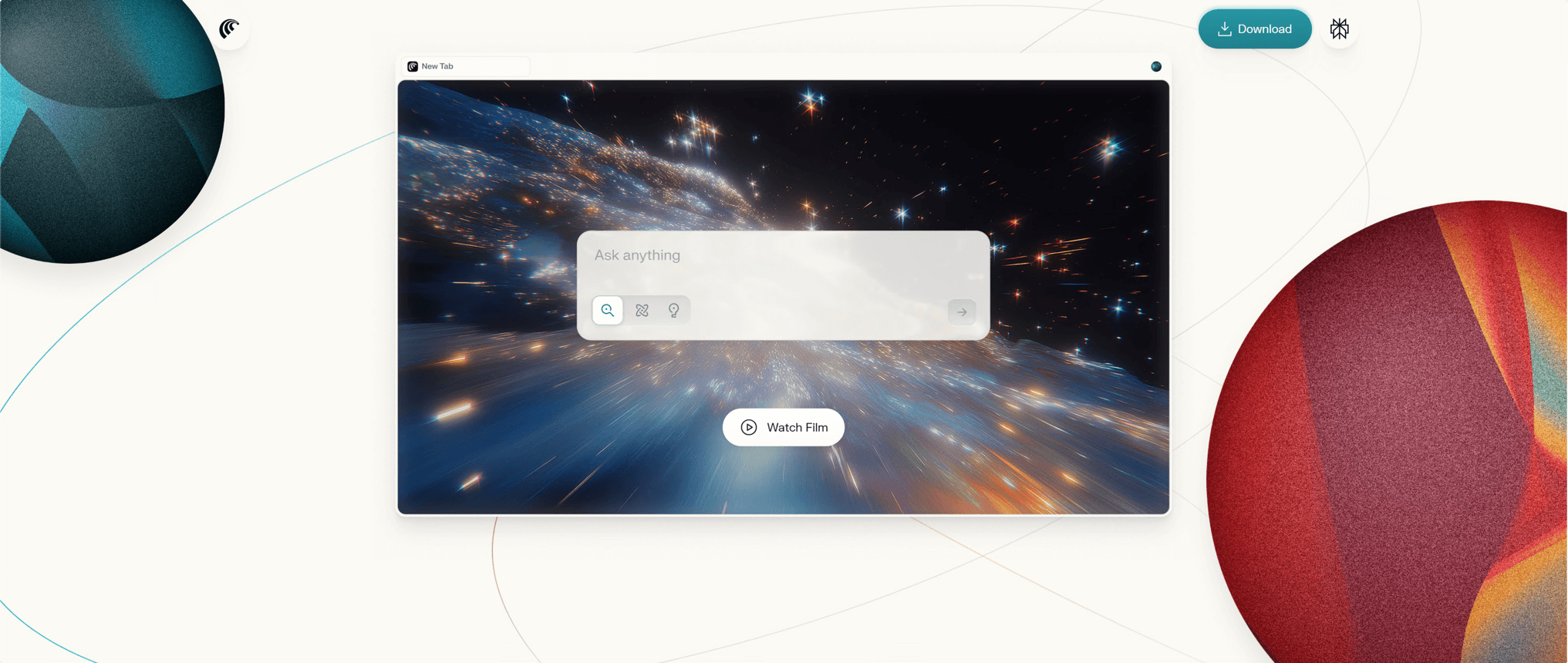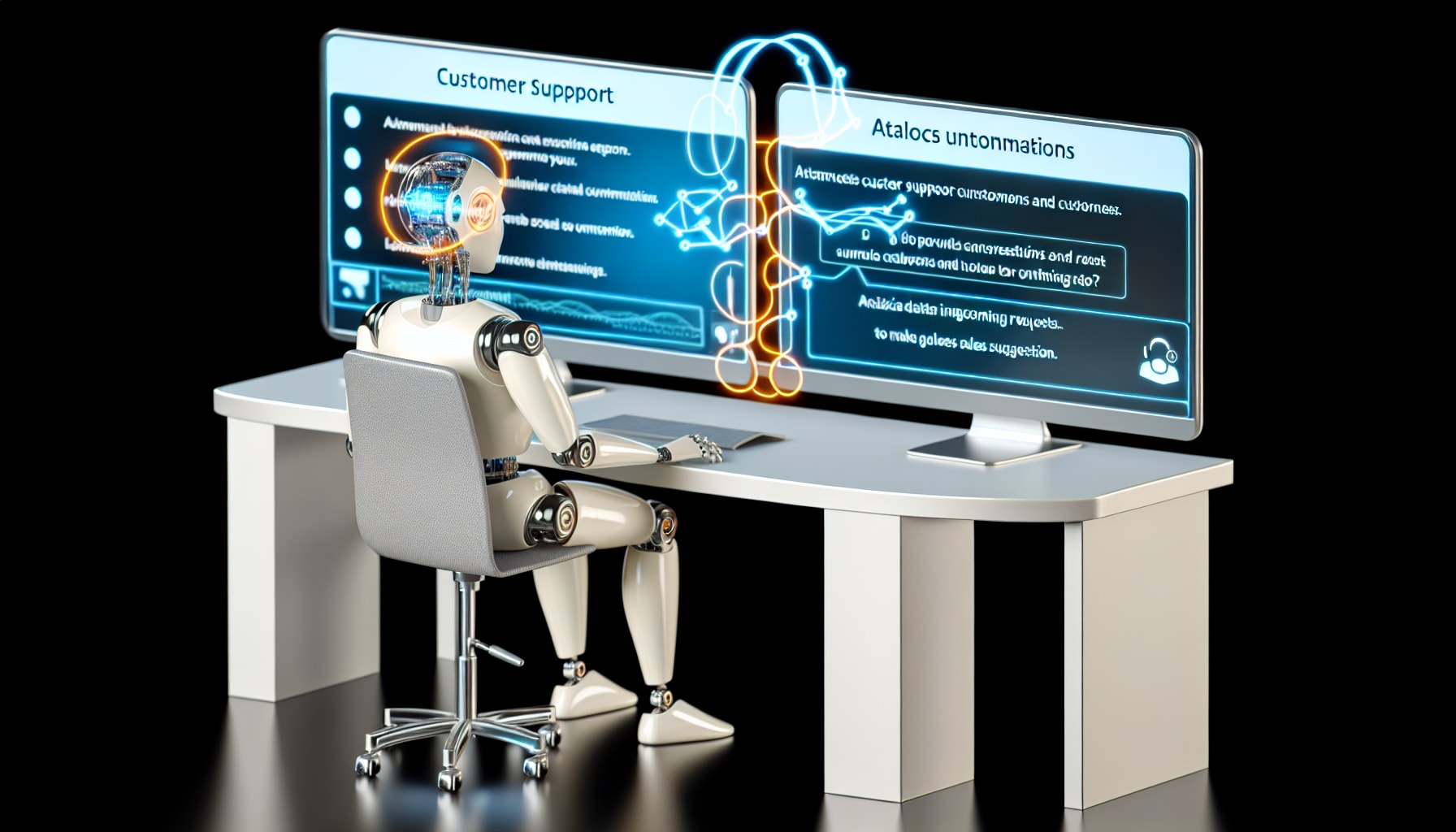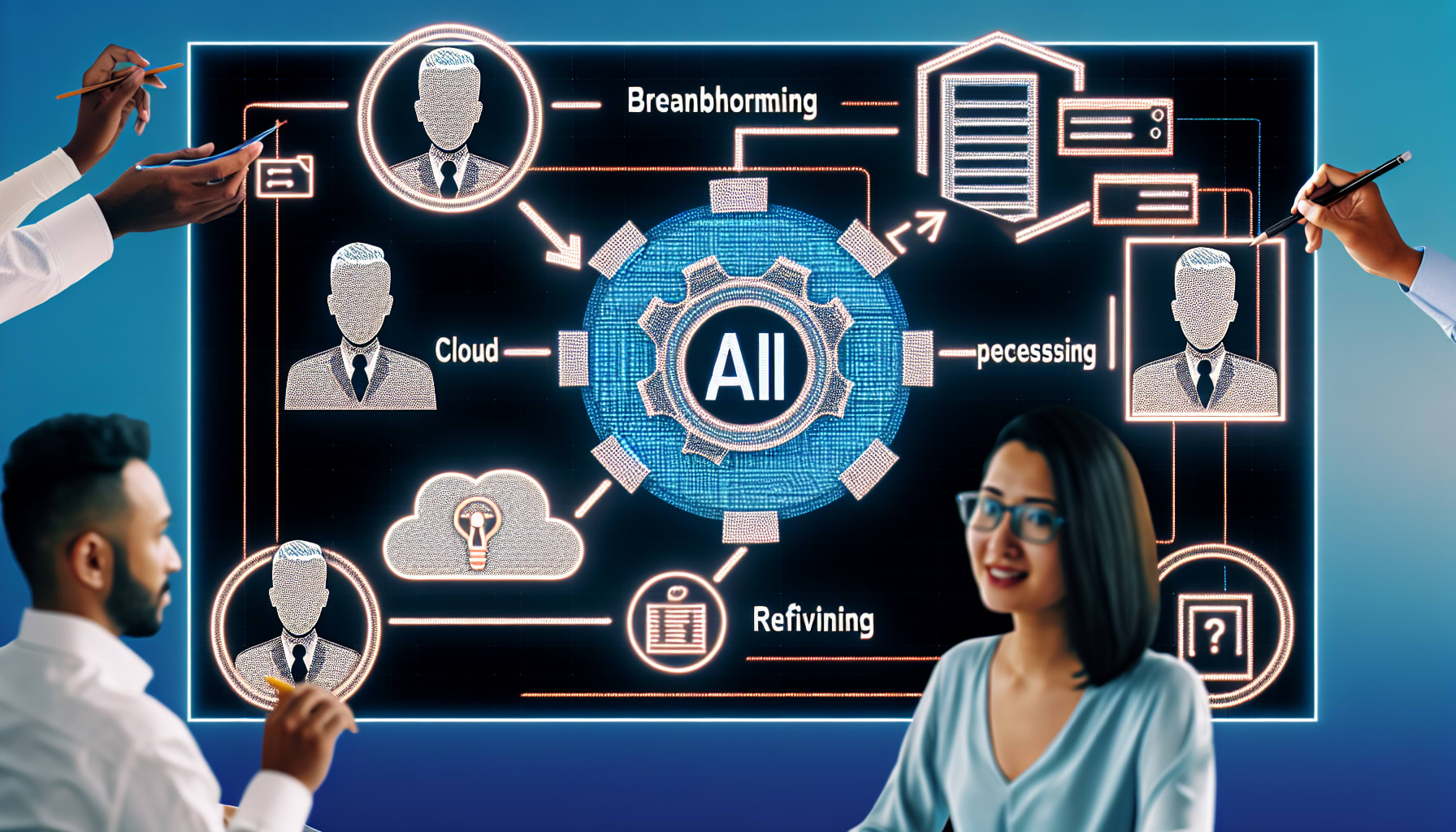Many people still view Artificial Intelligence as something reserved for science fiction or the complex operations of tech giants. The reality is far more mundane and useful. The problem isn’t that AI is inaccessible; it’s that its most practical applications are often hidden in plain sight, integrated into the apps we already use or available as simple, specialized tools. This article is about demystifying AI and showing what it actually is: a collection of powerful tools that can help you solve everyday problems, from managing a cluttered inbox to learning a new skill. We will explore concrete, actionable ways you can use specific AI tools to enhance your productivity, improve your quality of life, and even support your well-being.
This isn’t a theoretical overview. It’s a practical guide to the tools you can start using today.
Practical Ways AI Can Boost Your Daily Productivity
The modern workday is filled with small, repetitive tasks that drain our time and focus. Whether it’s drafting emails, organizing data, or transcribing meetings, these activities chip away at our most productive hours. AI offers a straightforward solution by automating or simplifying these chores, allowing you to concentrate on more meaningful work.
AI tools can automate repetitive text, communication, and data tasks, freeing up significant time and mental energy.
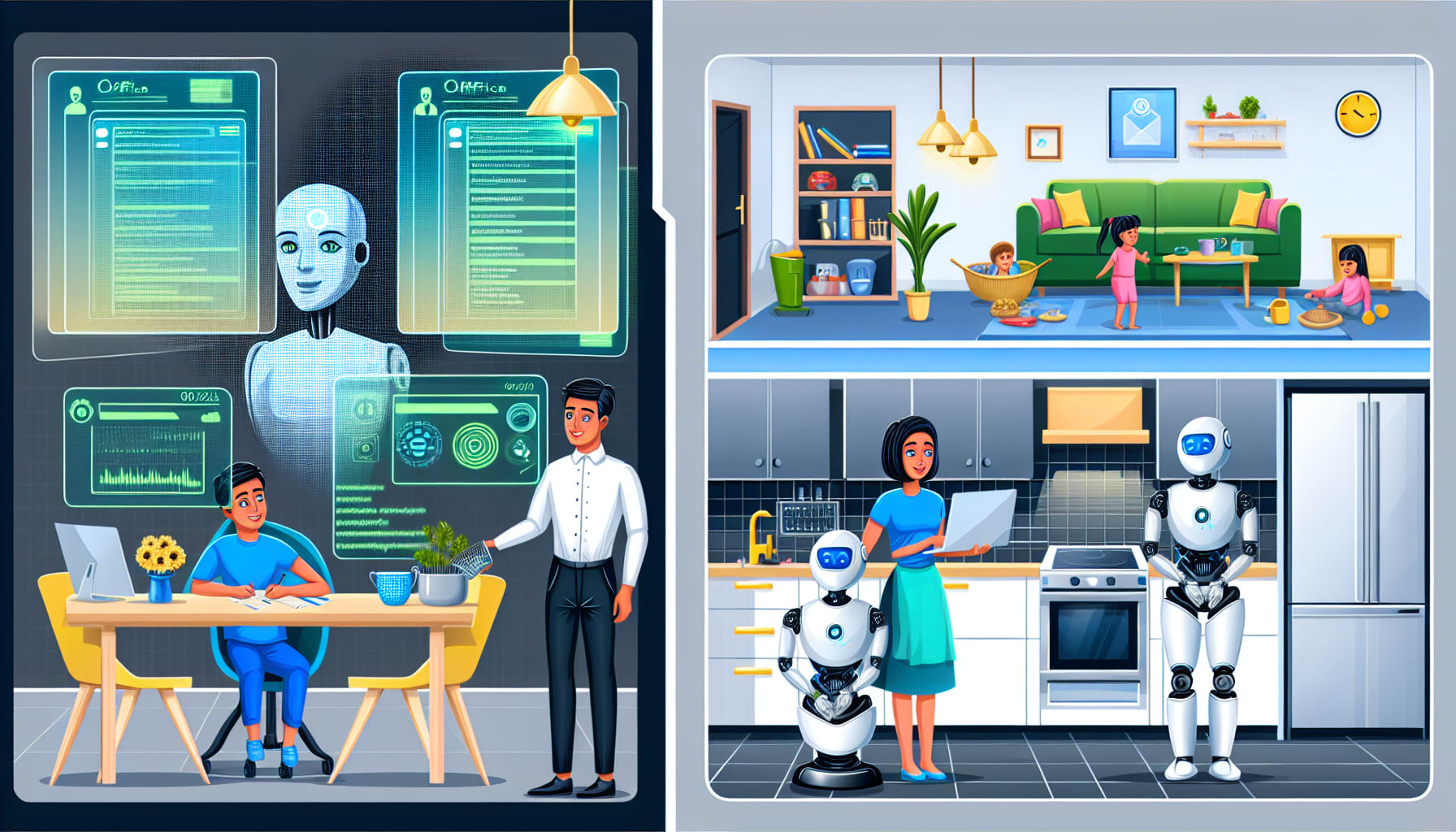
Text and Content Generation
The most immediate application of AI for many is text generation. Tools built on Large Language Models (LLMs) can draft anything from a blog post outline to social media captions. For general-purpose tasks like brainstorming ideas or creating a first draft, ChatGPT.com remains a versatile choice. However, for more specialized writing, other tools excel. For instance, you can use AI to generate narrative dialogue for a story or spruce up your resume, tasks that previously required significant creative effort or professional help. The goal isn’t to replace human writing but to accelerate it, overcoming the initial hurdle of a blank page.
Email Writing and Communication Optimization
Writing professional emails can be surprisingly difficult. Striking the right tone and conveying complex ideas clearly takes effort. AI tools like Claude.ai are particularly adept at this, helping you draft polite, effective, and grammatically correct emails. You can provide a few bullet points, and the AI will expand them into a complete message. This is more than a simple grammar check; it’s about structuring communication for clarity. For verbal communication, free tools like Whisper Web offer high-quality voice-to-text transcription, perfect for converting spoken thoughts into written notes or meeting minutes without manual typing.
According to a report on AI applications, “Using AI for your resume optimization can bolster your presentation and boost your chances of securing your dream job.” This principle extends to all professional communication, where AI can act as a coach to refine your messaging.
Data Handling and Spreadsheet Automation
Spreadsheets are powerful, but mastering formulas can be a barrier for many. Instead of searching through documentation, you can now simply describe what you want to do in plain English. For example, you can tell an AI assistant, “I have a column of sales figures and a column of dates. I need a formula to calculate the average sales for the month of May.” Tools like ChatGPT or specialized AI coding assistants can generate the exact Excel or Google Sheets formula you need. This application of AI lowers the technical barrier to data analysis, making it accessible to team members who aren’t data experts but need to draw insights from their work. This is a prime example of how AI makes complex software more user-friendly.
Improving Quality of Life and Entertainment with AI
Beyond the office, AI is quietly enhancing our personal lives by making entertainment more engaging and home life more convenient. It works in the background, learning our preferences to deliver personalized experiences that save us time and add a touch of novelty to our routines.
From personalized media recommendations to smart home automation, AI is making our personal lives more enjoyable and convenient.
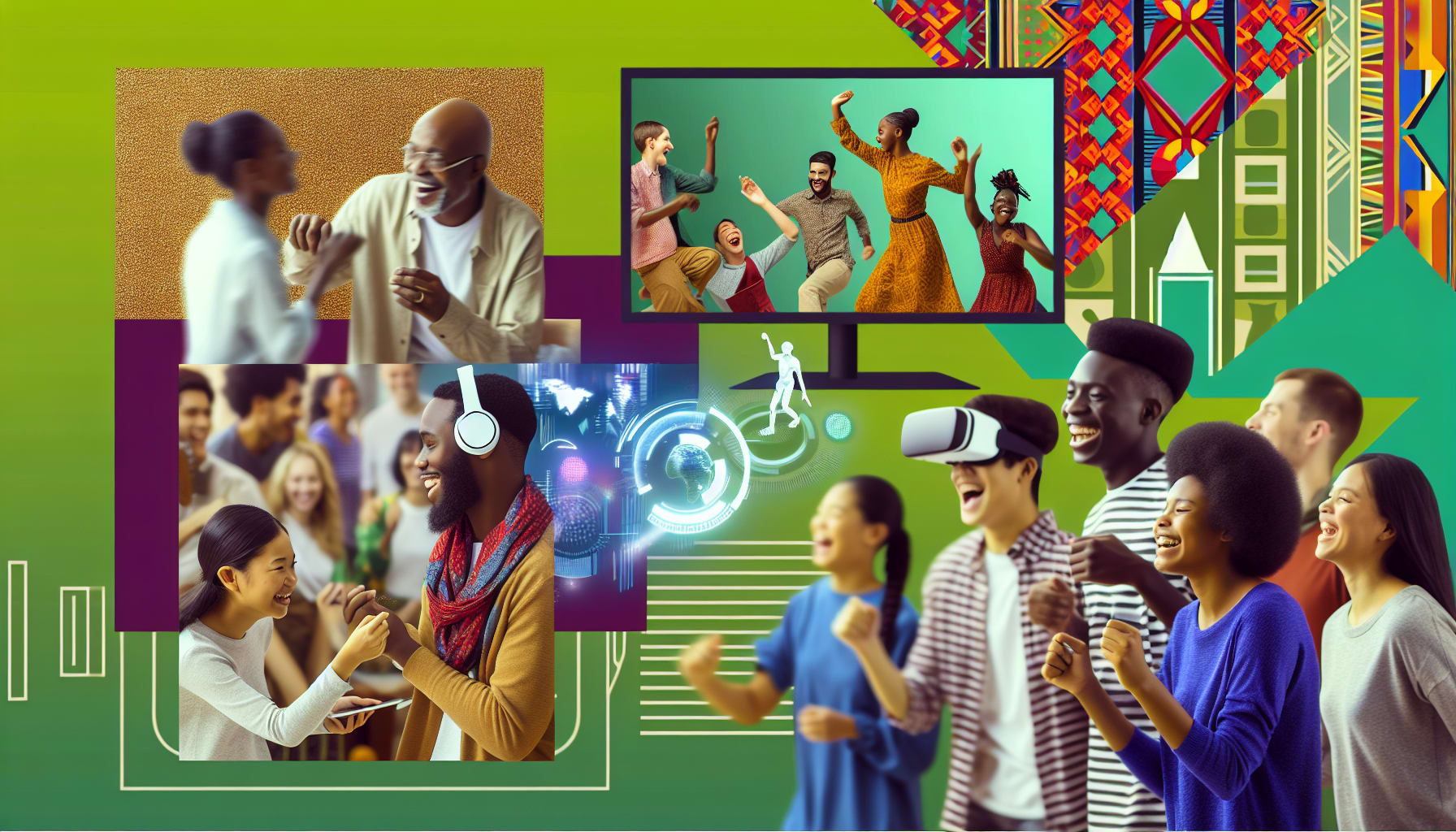
Personalized Recommendations and Content Summaries
The personalized feeds on Netflix, Spotify, and YouTube are perhaps the most common examples of AI in daily life. These systems analyze your viewing and listening habits to suggest content you’re likely to enjoy. But AI can now go a step further. If you don’t have time to watch a full 30-minute YouTube video, tools like Gemini.google.com can provide a concise summary of its key points. This is incredibly useful for quickly vetting whether a tutorial or review is worth your time, transforming content consumption from a passive activity into a more efficient one.
Smart Home and Health Monitoring
AI is the engine behind the growing ecosystem of smart home devices. Smart thermostats learn your schedule to optimize heating and cooling, while wearable health devices like the Apple Watch or Fitbit use AI to detect patterns in your heart rate and sleep cycles. These devices are moving beyond simple data tracking to provide actionable health insights. As one analysis notes, the goal is to create a seamless living environment:
“AI-powered home devices control lighting, security, and climate based on daily routines. Smart thermostats learn user behavior to adjust temperatures for comfort and energy savings.”
This integration demonstrates how AI can manage mundane aspects of our environment, freeing us to focus elsewhere. The impact of AI on healthcare is expanding rapidly, with personal devices at the forefront of this shift.
AI-Driven Music and Video Creation
AI is also becoming a creative partner. You no longer need to be a professional artist or musician to produce original content. Tools like Mubert can generate royalty-free music based on a mood or genre you describe. On the visual side, services like Meta.ai can take a static image and animate it with a simple prompt, adding a dynamic flair to social media posts or presentations. These tools lower the barrier to creative expression, turning ideas into tangible art, music, or videos with minimal technical skill required.
Innovative Applications of AI in Information and Learning
The way we find and process information is fundamentally changing. Traditional search engines are evolving into conversational partners, and AI is providing new methods for understanding complex subjects quickly. This shift makes learning more interactive and accessible than ever before.
AI is transforming information retrieval and learning by providing integrated search, instant summaries, and simplified explanations of complex topics.

Integrated Search Engines and Real-Time Information
Standard search engines are great for finding documents, but they often require you to piece together information from multiple sources. A new category of “answer engines” is emerging to solve this. Perplexity.ai, for example, integrates Google Search with a ChatGPT-like interface. This allows you to ask complex questions and get a synthesized answer complete with citations. It’s particularly useful for timely queries, like finding a politician’s current stance on an issue, because it pulls from recent news and web pages. This approach is mirrored by developments from major players, as Google is also integrating advanced AI directly into its search results to provide direct answers.
Quick Video Content Summaries
We’ve already touched on how Gemini.google.com can summarize YouTube videos, but it’s worth highlighting its impact on learning. Imagine you’re trying to learn a new software and are faced with a dozen hour-long tutorials. Instead of watching them all, you can use AI to get a bullet-point summary of each one, helping you quickly identify the most relevant video for your needs. This turns the vast library of online video content into a more structured and searchable knowledge base, saving hours of passive viewing.
Deconstructing Complex Topics for Learning
One of the most powerful uses of AI in education is its ability to break down complex subjects into manageable parts. If you want to learn about a dense topic like quantum mechanics or macroeconomics, you can ask a tool like ChatGPT.com to explain it like you’re a high school student or to create a week-by-week study plan.
AI “can break down any complex information into smaller, digestible segments, identifying key concepts, ideas, and themes. This structured approach allows you to focus on one segment at a time, making the information more manageable and easier to understand.”
This personalized learning path helps build a foundational understanding before diving into more advanced material, acting as a private tutor that adapts to your pace.
Emerging Trends: AI for Mental Health and Personalized Services
As AI technology matures, it’s moving into more personal and sophisticated domains. From providing mental health support to acting as autonomous agents, these emerging applications signal a future where AI becomes a deeply integrated partner in both our digital and emotional lives.
AI is moving into highly personal spaces, offering new forms of support for mental well-being and enabling advanced, customized digital interactions.

Private AI Therapists
Conversational AI is now being used to offer accessible, on-demand mental health support. Apps like Pi.ai and Venice.ai are designed to function as private therapists, providing a non-judgmental space for users to talk through their thoughts and feelings. While not a replacement for professional human therapy, these tools can be a valuable first step for individuals seeking support or a way to practice mindfulness and self-reflection. They offer a level of privacy and availability that traditional services often cannot match, making mental wellness resources more widespread.
AI Animation and Image Generation
The creative potential of AI continues to expand. We’ve seen how Meta.ai can animate images, but other specialized tools simplify professional-grade editing tasks. For instance, Remove.bg uses a clever AI to instantly remove the background from any photo, a task that once required skill with complex software like Photoshop. These single-purpose tools are incredibly effective because they focus on doing one thing perfectly. They empower anyone to create clean, professional-looking visuals for websites, presentations, or social media.
Early AI Agents and Deep Research Tools
The next frontier for AI is the development of autonomous “agents.” These are AI systems that can understand a goal and then independently take multi-step actions to achieve it. While still in early stages, a tool like Manus.ai is an example of an AI agent under early testing. For deep research, tools like ChatGPT.com remain essential for exploring niche topics. Meanwhile, for those seeking information outside of mainstream narratives, platforms like Grok.com aim to provide unfiltered information. These tools represent a shift from AI as a passive respondent to an active collaborator.
As AI systems become more capable, their role will evolve. As noted by Salesforce, some ad platforms already use AI agents to autonomously manage advertising budgets, a model that will likely expand to many other areas of our digital lives.
Conclusion
Artificial intelligence has moved far beyond the realm of theory and has firmly planted itself in our daily routines. It’s no longer about futuristic robots but about practical tools that save us time, enhance our creativity, and make complex tasks simpler. From drafting the perfect email with Claude.ai to getting a quick summary of a YouTube video with Gemini, AI is a tangible asset for productivity and learning. It helps us find the best route home, discover our next favorite song, and even offers a space for quiet reflection.
The key is to see AI not as a single, monolithic entity, but as a diverse toolkit. The next time you face a tedious task or a creative block, consider which of these tools might help. The most effective way to understand the value of AI is to start using it. Pick one area—whether it’s managing your inbox or learning a new topic—and see how a simple AI tool can make a real difference.

